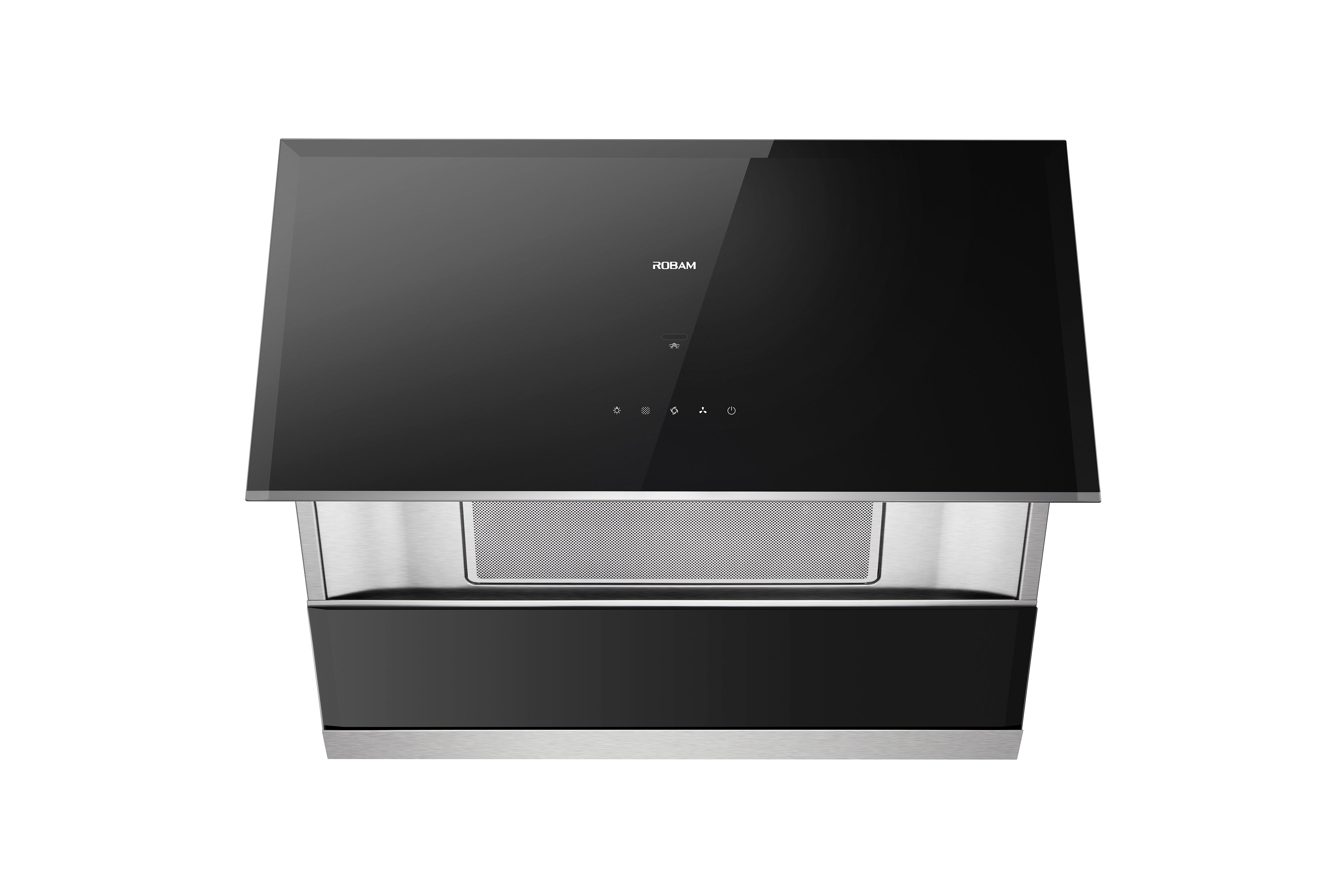There are casual cooks, and then there are home chefs. If you want to move from the first to the latter, you must invest in yourself and your home. Take the time to learn the skills that will take you from a casual cook preparing an average meal to a home chef creating a culinary dish. As you get your skills up to par, make sure your kitchen is up to par as well.
One of the best ways to improve your kitchen and ensure it’s ready for your new skills is to install a range hood. If you don’t know what to look for when choosing a range hood, that’s okay. ROBAM is here to help.
Placement Design
The first thing to consider when looking at range hoods is the potential placement. Are you redesigning the kitchen and planning to include a range hood, or are you adding a range hood to your current kitchen? If you’re redesigning the kitchen, you can choose a range hood with any placement. You’ll simply need to place the stovetop beneath the hood during installation.
If you’re adding a range hood to your current kitchen, then the placement design will depend on your stovetop or range’s location. If the stovetop is on an island, then you’ll need an island range hood. And if your range is underneath cabinets, then you’ll need an under-cabinet range hood.
Chimney Length
Once you know the range hood placement design you need, you can start looking at chimney lengths. Most range hood chimneys, no matter where the range hood is in your kitchen, fit well with eight- or nine-foot ceilings.
There are two options for taller ceilings: a special range hood or a chimney extension. You can find a specific range hood designed for extra tall ceilings or simply add a chimney extension onto whatever range hood you choose.
Available Strength
The last quality to look for when choosing a range hood is strength. The units for range hood strength are CFMs or cubic feet per minute. You’ll need roughly 100 CFMs for every 10,000 BTUs. BTUs, or British thermal units, only apply to gas ranges or stovetops.
If you have an electric stovetop, you’ll multiply the stove width by the number 10 to get the necessary CFMs. Depending on how much you cook, you may need more CFMs than the minimum you’ll calculate with these formulas.
Now, you can find the perfect high-end range hood that’ll fit in the right position in your kitchen, have the correct chimney length, and possess the best strength. Your new range hood will keep your kitchen clean and safe while you work on becoming a home chef.



















